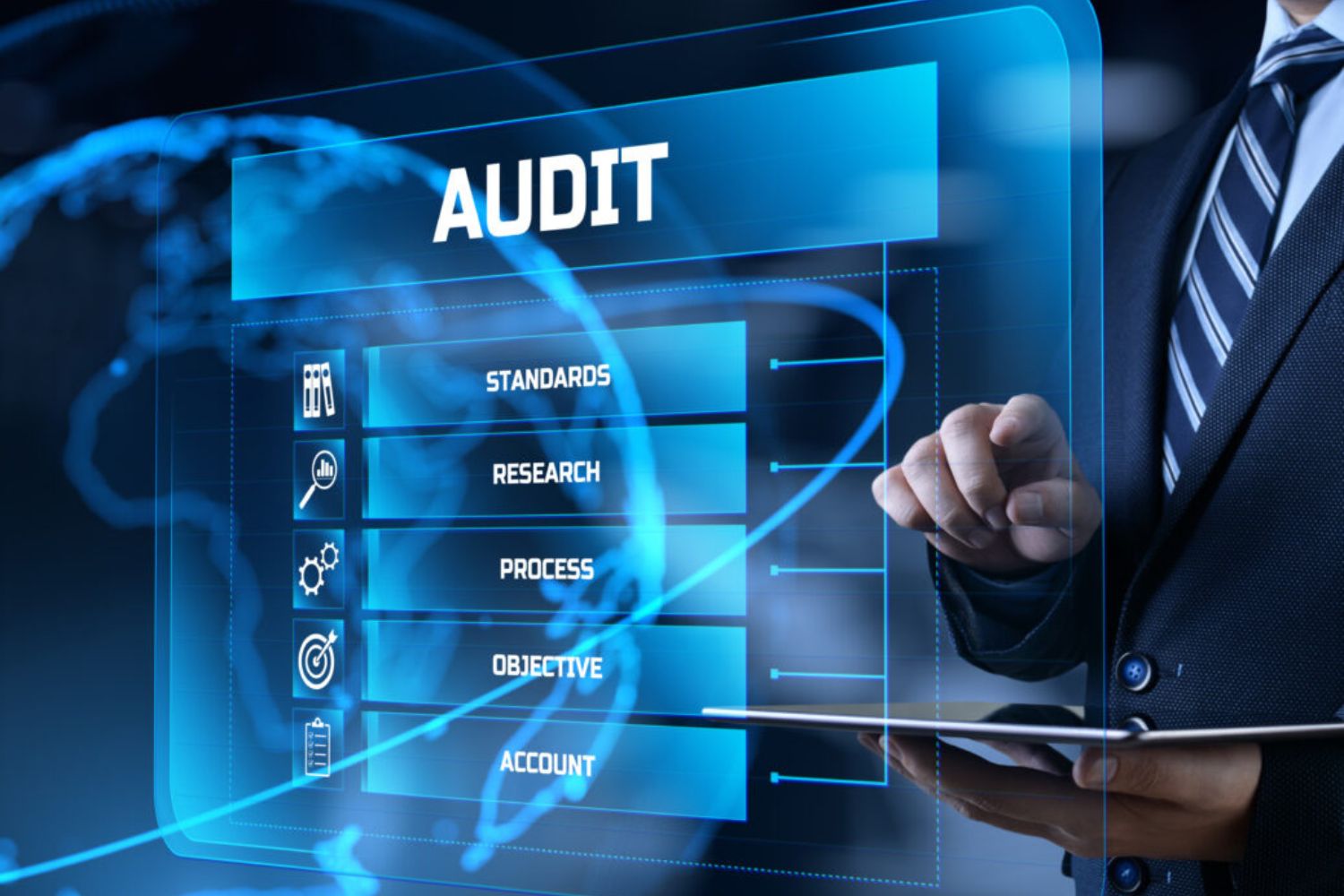ICT Audit Support Services
Home > ICT Audit Services
Is your ICT Section ,
Audit Qualified or not Qualified
In the ever-evolving landscape of technology, organizations rely heavily on their information systems and digital infrastructure to operate efficiently and securely. We are a dedicated ICT Professionals of 21 Century has expertise and experience in conducting ICT Audit
Compliance Audit
These ICT audits focus on how well you’re adhering to rules, regulations, industry best practices, and standards
Controls Assessment
These assessments look at whether your system has been set up in a way that prevents high-risk activities from happening
Data Security
With the increasing frequency and sophistication of online cyber threats, organizations must prioritize their data security and safety
Risk Management
ICT audits play a crucial role in identifying and assessing risks associated with an organization’s IT environment
What is Information & Communication Technology (ICT) Audit?

Why ICT Audit?
The Core Purpose of the ICT Audit
An IT audit is a comprehensive examination of an organization’s IT systems, infrastructure, and processes. Its primary objective is to evaluate the effectiveness of internal controls and identify any weaknesses or vulnerabilities that could compromise the confidentiality, integrity, or availability of information
Types Of ICT Audit
There are two main kinds of IT audits which we conduct: compliance audits and controls assessments

Compliance Audit

Control Assessment
What We Do
We can differentiate between several types of audits depending on their areas of focus and methodologies. We are an unbiased observer, and we makes sure that all the IT controls are appropriate and effective. Our ICT auditors are responsible for developing, implementing, testing, and evaluating the IT audit review procedures.
Importance Of ICT Audit
ICT audits are an important process for enhancing information security, improving operational efficiency, and supporting strategic decision-making. They provide valuable insights to management and help organizations build a robust and resilient ICT infrastructure. The following are key areas/processes within an organization that ICT audits can be an integral part of
Benefits Of ICT Audit
ICT audits provide several benefits to organizations. Here are some key benefits of conducting ICT audits
- Enhance Security
- Increase Efficiency
- Regulatory Compliance
- Risk Mitigation
ICT audits help organizations identify security gaps and implement appropriate measures to strengthen their defense against cyber threats. This leads to improved data protection, reduced risk of data breaches, and enhanced overall security posture.
By evaluating ICT processes and controls, audits identify areas where operational efficiency can be enhanced. This may involve streamlining workflows, eliminating redundant tasks, optimizing resource allocation, and adopting best practices, ultimately leading to cost savings and improved productivity.
Compliance with applicable laws and regulations is essential for maintaining trust with customers, partners, and stakeholders. ICT audits determine that organizations meet regulatory requirements and avoid potential penalties or reputational damage.
Identifying and addressing ICT-related risks helps organizations mitigate the potential impact of disruptions, whether caused by security breaches, system failures, or natural disasters. By proactively managing risks, organizations can enhance business continuity and resilience.
check@solutiontech.com.pg
support@solutiontech.com.pg
24/7 Support
(+675) 837 99568
(+675) 75895731
24/7 Support
Section 368, Lot 54
Nekints Strt, Morata 3, NCD
24/7 Support
